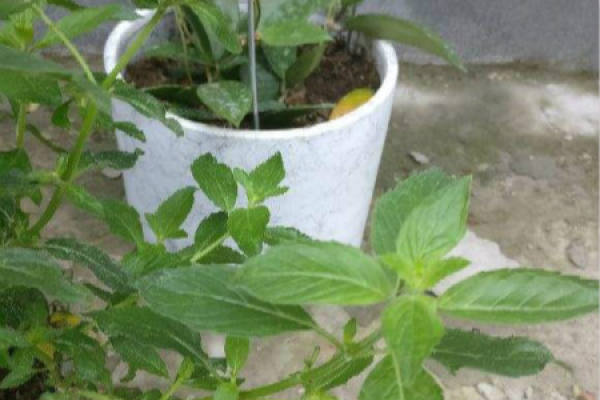Aphids, also known as honey bugs and greasy insects, are phytophagous insects and one of the most destructive pests.There are many kinds of them, more than 4400 kinds have been found, of which 250 kinds are seriously harmful to agriculture and horticulture.Especially for wheat, oats, barley and other crops.In addition, its distribution range is also very wide, but mainly concentrated in temperate regions.

1. Drug control: If a large number of aphids are found, pesticides can be sprayed for control.The drug can be 50% fenitrothion emulsion 1000 times, 40% imidacloprid water solvent 1500 to 2000 times or 50% pirimicarb wettable powder 3000 times.It can also be sprayed with washing powder, urea and water, and it can be sprayed two or three times continuously.

2. Artificial control: In autumn and winter, the base of the trunk can be whitened to prevent aphids from laying eggs.Also combined with pruning, cut off the residual flowers, branches and centralized burning.When a small number of aphids are found in spring, they should be brushed off with a brush to avoid further reproduction.

3. Protection of natural enemies: There are many natural enemies, such as ladybugs, parasitic wasps, lacewings, etc., which have a strong inhibitory effect on aphids.Therefore, less broad-spectrum pesticides should be applied when applying pesticides at ordinary times to avoid killing natural enemies.If conditions permit, natural enemies of aphids can also be raised artificially and released in plots where aphids are active, which can be effectively controlled.